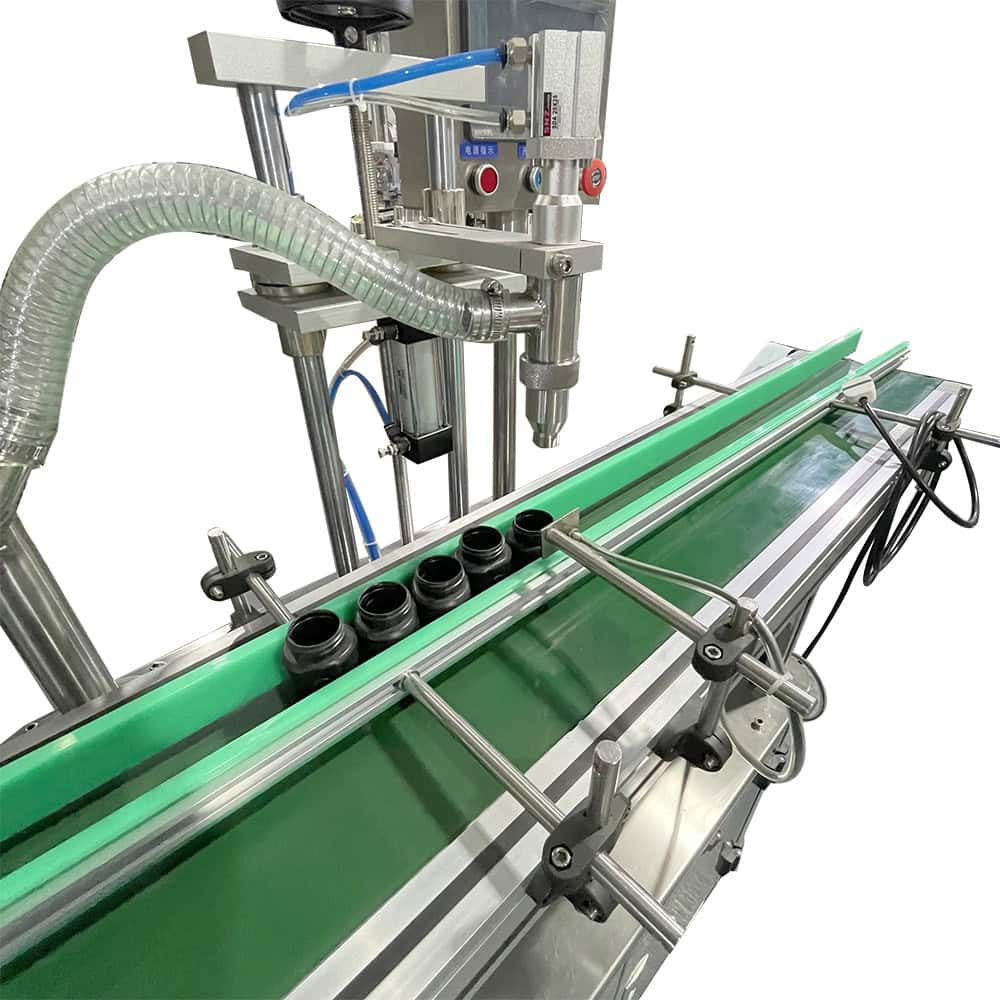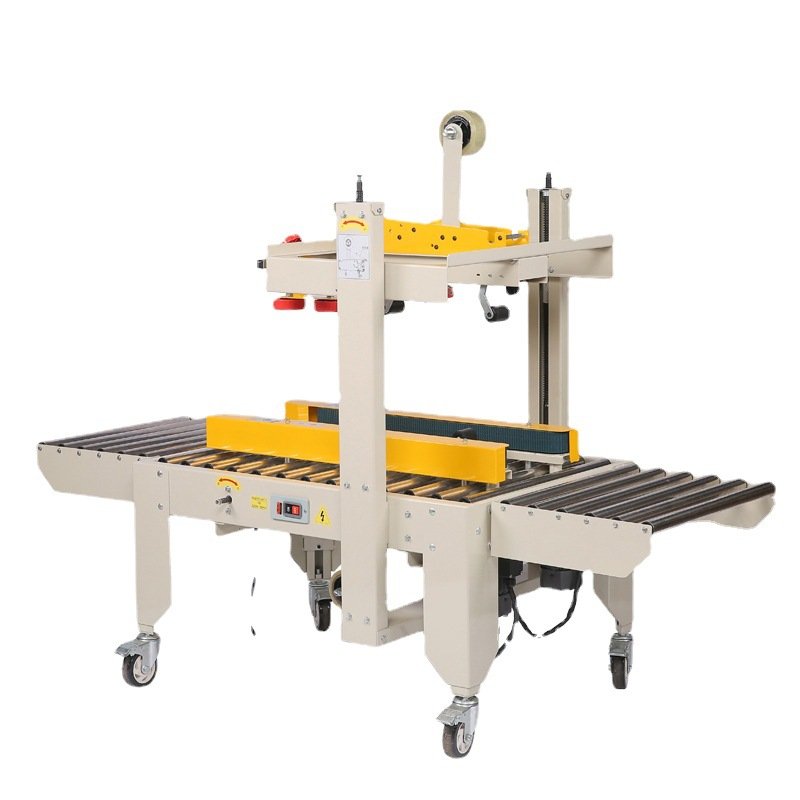If you’ve got a filling operation and you’re not doing it very efficiently, you’re probably not filling at a consistent rate. You’re probably making mistakes that are costing you time and money. If you automate this process, you’ll fill faster and more accurately.
By automating your filling process, you’ll fill faster and more accurately. This will increase your production speed and reduce your labor costs.
Let’s look at the reasons you should consider an automatic filling machine.

Increased Production Speed
Automatic filling machines fill faster than you can fill by hand. These machines will help you fill faster, especially if you have a lot to fill. You can run these machines all day long with very little downtime. You can also adjust the speed to match your production needs.
By automating the filling process, you can fill faster and more accurately. You can fill more stuff faster. When you can fill more stuff faster, you can get your products to your customers faster.
Enhanced Accuracy and Precision
One of the greatest advantages is their ability to maintain consistent fill levels across all products, reducing waste. This precision is critical for industries such as pharmaceuticals, where precise dosages are necessary for compliance with health regulations.
The accurate filling system ensures that each product is filled to the exact required volume, avoiding overfilling or underfilling. This not only helps with maintaining quality but also prevents product wastage, which translates to cost savings in the long term.
Reduction in Labor Costs
By automating the filling process, companies reduce their reliance on manual labor, which in turn reduces staffing costs. Fewer workers are needed to supervise operations, allowing companies to allocate human resources to other areas like quality control or logistics.
Since automatic machines require minimal oversight, businesses can streamline their workforce. This reduction in labor requirements directly lowers the operating costs while improving overall efficiency.
Improved Safety and Hygiene
Automatic filling machines can be configured to meet stringent safety and hygiene standards, especially in the food, pharmaceutical, and cosmetic industries. They minimize human contact with products, reducing the risk of contamination and ensuring regulatory compliance.
These machines can be housed in sterile environments and maintain controlled filling processes, keeping products safe from contamination and extending shelf life. In highly regulated industries, this is crucial for maintaining safety standards.
Flexibility for Different Products
These machines are highly adaptable, capable of handling various container sizes, shapes, and types of materials. Whether dealing with liquids, powders, or granules, automatic filling machines can be easily adjusted to meet different packaging requirements without extensive reconfiguration.
This flexibility allows manufacturers to quickly switch between different product types, maintaining efficiency while ensuring the machine handles multiple packaging formats. This is especially useful for businesses with diverse product lines.
Minimized Waste and Spillage
Manual processes often lead to spillage and product loss, which increases costs. Automatic machines are designed to fill containers precisely, reducing overfilling or spillage and helping manufacturers save on material costs.
Spill reduction and product consistency minimize the amount of waste generated, which not only helps reduce costs but also contributes to sustainable production practices. This environmental benefit further enhances the value of automating the filling process.
Consistency in Product Quality
Maintaining uniformity in fill levels ensures each product meets quality standards. Automatic filling machines eliminate inconsistencies caused by human error, ensuring that every product leaving the production line is identical in quantity.
This consistency is essential for building customer trust, as buyers receive products with guaranteed quality. It also reduces the risk of customer complaints or returns due to incorrect fill levels.
Integration with Other Automated Systems
Many automatic filling machines can be integrated into a larger production line, working alongside capping, labeling, and packaging machines. This seamless integration improves overall workflow, enhancing productivity across the entire production line.
The ability to connect different systems into a single automated flow helps businesses maintain a smooth production process, reducing delays caused by manual interventions and increasing throughput efficiency.

Reduced Downtime
These machines are designed for continuous operation with minimal downtime for maintenance or repairs. Automated diagnostics can alert operators to any issues before they become serious problems, ensuring that production continues without major interruptions.
Predictive maintenance capabilities and real-time monitoring allow for quick problem identification, ensuring any potential issues are resolved before they disrupt the workflow. This leads to greater overall machine reliability.
Cost-Efficiency in the Long Run
Though automatic filling machines require significant upfront investment, their long-term cost savings make them an excellent option. Reduced labor costs, minimized waste, and improved efficiency quickly offset the initial expenditure.
Over time, the machine’s ability to consistently produce high-quality products at faster rates allows businesses to recover their investment, making it a smart financial decision for companies aiming to scale their operations efficiently.
Conclusion
If you want to fill a lot of stuff, and you want to fill it fast and accurately, you need an automatic filling machine.









